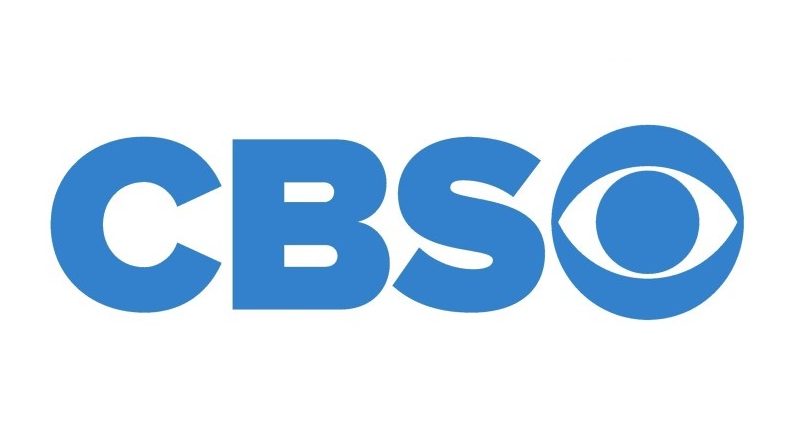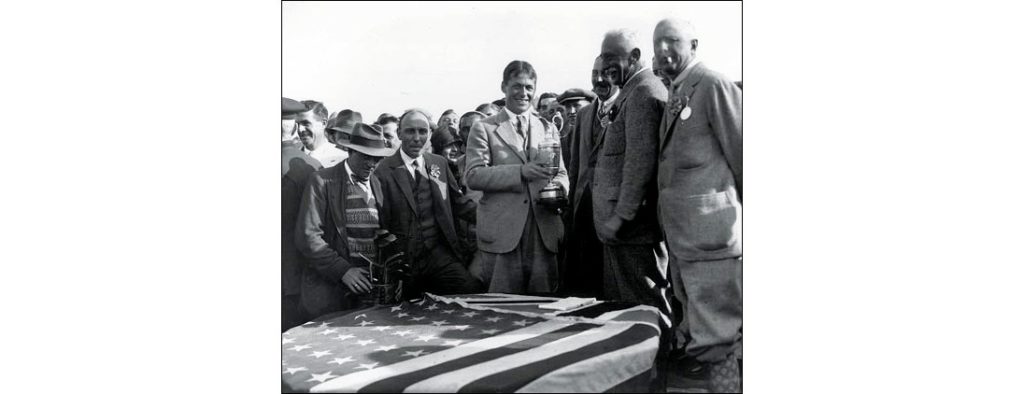No other golf event—then or now—commands the lofty fanfare as The Masters at Augusta National Golf Club each April. The stature and reach of the event engages only three primary commercial sponsors—Mercedes-Benz, AT&T and IBM. All blue chip—all corporate—all working hand and glove with the club. You will neither see McDonald’s hawking its burgers and fries during the telecast nor any beer company touting the virtues of its barley and hops.
The leadership of Augusta National have had only one television partner since commencing in 1956 — CBS. The club has smartly ensured control through an annual contract renewal with the New York City-based company. Thereby giving the club the wherewithal to always keep the network in line with its objectives and not the other way around.

CBS started telecasting the event with
just six cameras and covering the final four holes 63 years ago. By 2007
more than 50 cameras were used and the early season event gained dramatically
from viewership eager to see golf’s first major championship after months of
winter hibernation.
Industry analysts have long said Augusta could make even more money for
exchange of a longer term television deal but
control remains the uppermost non-negotiable priority for the
club’s leadership.
In addition to the minimization of commercials during the telecast — CBS does not mention the first prize amount or the total amount of money for the purse. There’s also no discussion of Augusta National members or how one becomes one.
Amazingly, how a club maintained a white male-only membership for many years until 1975 when Lee Elder broke the color barrier was also a taboo topic. With the ubiquitous reach of color-TV’s throughout America in the 1960’s the showcasing of the course, in all its spring time glory, became even more pronounced.
The role of CBS is less of a journalistic endeavor — commenting as it sees fit — and more in alignment via a self censorship role. In 1966 famed broadcaster Jack Whitaker—was banned for highlighting a crowd of people as a “mob” instead of the much preferred “patrons” designation. Augusta National does not have “rough” just a “second cut.”
Years later in 1994 the same edict was sentenced for the irreverent analyst Gary McCord who whimsically said the 17th hole was “bikini waxed,” and golf balls going over the same green would likely be in “body bags.” McCord became persona non grata and has not returned since.
In 2003, protests led by Martha Burke
concerning the lack of female members at Augusta National took place and much
of the media world—golf-wise and beyond—paid attention. If you were waiting for
CBS to discuss the topic during the telecast you’d still be waiting. CBS is
there to tout the club and its traditions — leaving the real journalism role
for others to pursue. In short, the club determines the focus of the event and
CBS follows that dictate knowing full well the ramifications if deviating.
Additionally, there is no sponsored graphics—no on-course announcers and
no blimp providing aerial coverage. Although Augusta National and CBS
have both denied the club retains a censorship role it would be hard to
imagine that the exits for Whitaker and McCord were just happenstances and that
the Burke embargo was because there was no time during the telecast to
mention what was happening just outside the gates of the course.
The international coverage has been equally
grand with key outlets in other golf locations in the United Kingdom, Ireland,
South Africa, Canada, portions of Europe and South America and a number of
key countries in Asia and with Japan and South Korea involved.
No matter the internal controls applied, the missing link for Augusta National
was having a delivery vehicle capable in taking golf beyond the stodgy
blue-blood lines that dogged the game for so many years. On cue, a chiseled
figure from western Pennsylvania emerged.
Arnold Palmer took golf to the masses and The Masters hooked its ascension to the Palmer whirlwind with “The King” winning no less than four times between 1958 and 1964. Palmer built “Arnie’s Army” during The Masters— although originally courtesy of troops at nearby Fort Gordon on hand for the event.
The interplay between blue bloods in concert with common folk took golf from a game of the few to one for the masses. Television wedded golf, The Masters and Palmer into an overpowering juggernaut. On the heels of Palmer came the long time dominance of Jack Nicklaus—fast forward to the era of Tiger Woods. Who can ever forget the improbable 6th win by Nicklaus in 1986 or the beginning of the Woods era with his record setting 12-shot win and equally stunning 270 total.
“Maybe…YES SIR!”
— CBS Sports (@CBSSports) April 9, 2019
Jack Nicklaus’ win at the 1986 Masters will forever be one of the most iconic victories at Augusta National. pic.twitter.com/zhHxXJSopR
CBS long realized continuous association with The Masters provided a major prestige point leaving other networks in a state of envy. Augusta National may someday opt for another television partner but from all accounts the relationship has proven to be like a well-worn slipper.
Credit long time majordomo Clifford Roberts for having the foresight in understanding how to shape a message and build a visual hue that accentuates in grand fashion the landscape of the grounds. Augusta National is the only major played at the same course each year and the monopoly has allowed the club to attain near mythical status.
Golfers can play this year’s US Open venue Pebble Beach but they yearn for Augusta—even if only to walk the course. CBS became the means for The Masters to be viewed as the most sought after golf title—even though The Open and US Open Championships are much older and aligned to the two largest golf associations in the world with the R&A and USGA respectively. The awarding of the green jacket says more simply and elegantly than any metallic trophy.
It’s a misty morning at Augusta National.
— CBS Sports Network (@CBSSportsNet) April 10, 2019
We’re ready for another day of Masters on the Range on CBS Sports Network. pic.twitter.com/EDSW4zBbIm
Roberts, and the long-time late CBS Golf Executive Producer Frank Chirkinian worked their respective magic in upping the aura to heights unimagined. No Masters is ever over until CBS officially carries the jacket ceremony that follows conclusion of play at Butler Cabin. Even when network brass cringed at the awkward nature of the questions asked by Masters officials the sign-off from the event could not happen till the new champion donned the green jacket in full view of the massive television audience. Now lead CBS announcer Jim Nantz handles the questions to keep matters focused.

What started in 1934 as a small-time gentleman’s invitational at the behest of Bobby Jones has skillfully morphed into one of the grandest global sporting events in the world today. No doubt top tier grand champions did plenty but the packaging and zealot pursuit of controlling the manner and shape of what is seen and heard has been nothing short of a masterpiece.
Madison Avenue eat your heart out.